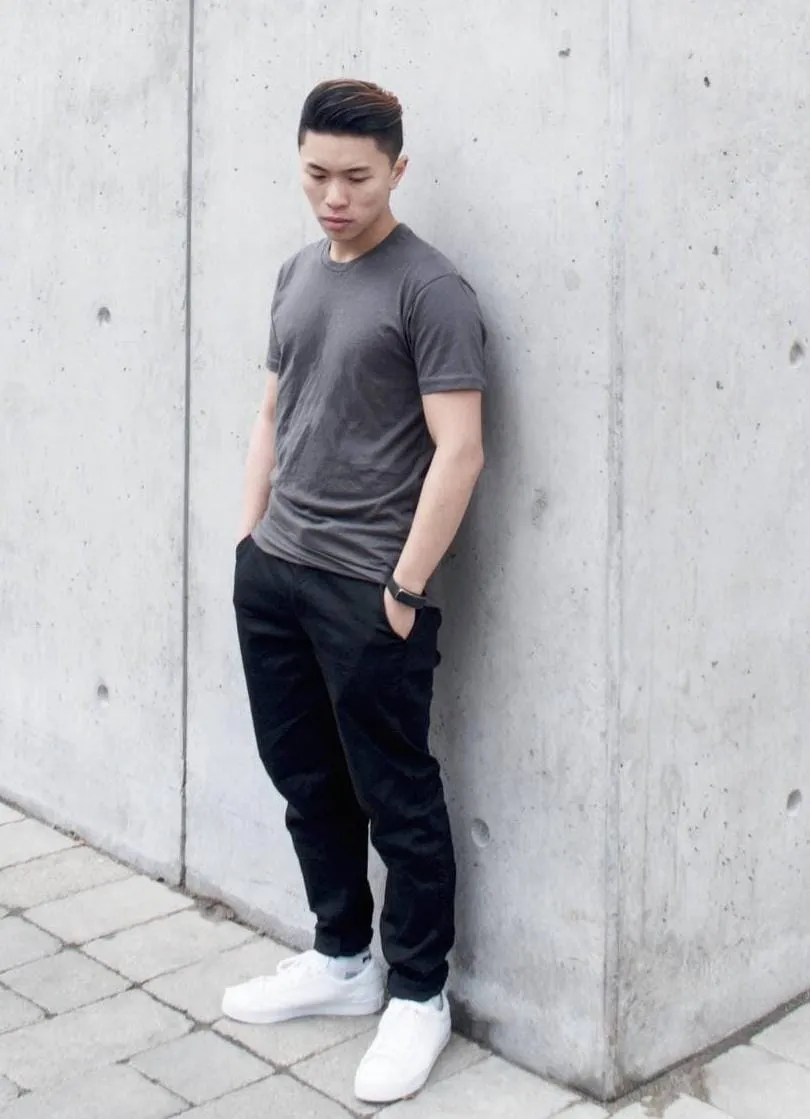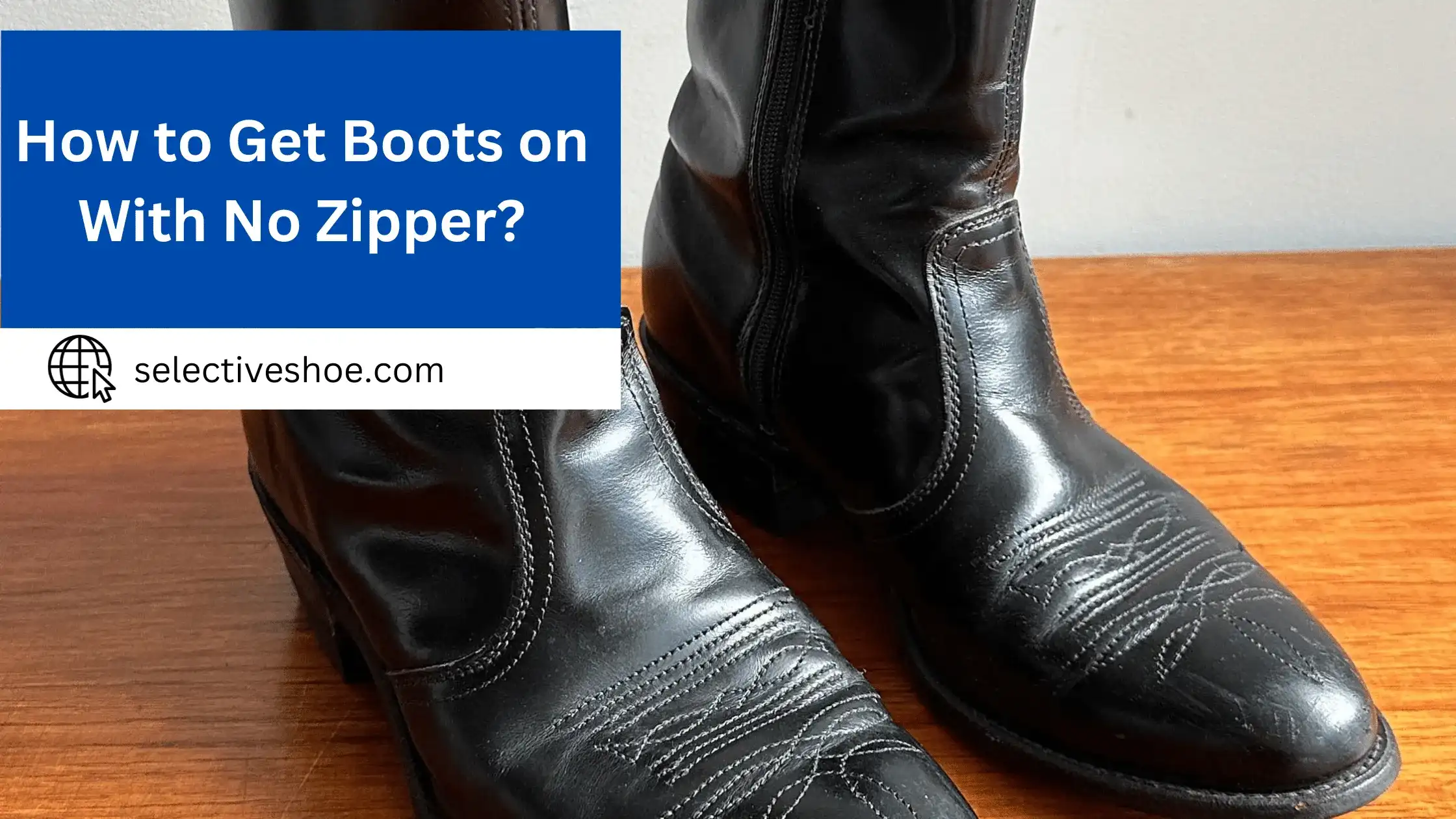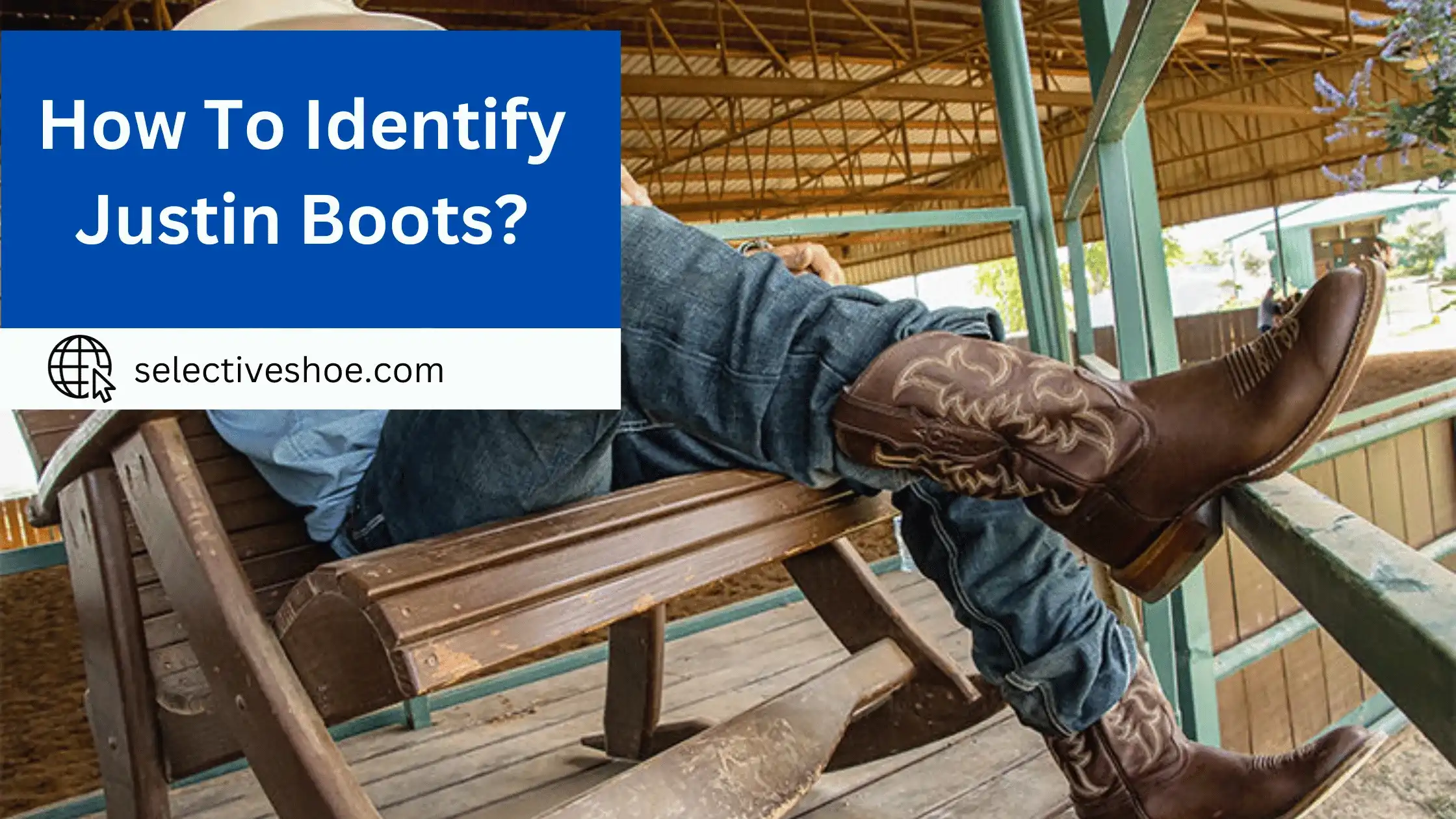Clogs remain a favorite fashion statement in Holland for both their cultural significance and practicality. If you have the iconic clogged wooden shoes that are said to be an integral part of Dutch culture, then you may have thought about what inspired this unique style of footwear.
Let’sl explore why the Dutch adopted traditional wooden shoes and delve into its history from its creation centuries ago to contemporary times. We’ll uncover just how these distinct shoes came into existence and how they became a symbolically important part of life for people all over Europe especially in The Netherlands!
Tracing the Roots: When Did the Dutch Start Wearing Wooden Shoes?
Tracing the roots of the Dutch tradition of wearing wooden shoes, known as clogs or klompen, takes us back to medieval times, with indications suggesting that this practice began at least as far back as the 13th century. While precise historical records are scarce, the emergence of wooden shoes can be understood within the context of the practical and environmental challenges that shaped Dutch society.
In the midst of the Middle Ages, the Dutch landscape featured a distinctive blend of waterways, marshes, and deltas. This unique geography presented a need for footwear that could withstand the damp, muddy conditions of the region. Traditional leather shoes were ill-suited for such an environment, leading to the development of wooden shoes as a more practical alternative.
Archaeological discoveries have unveiled remnants of early wooden footwear, revealing the rudimentary forms these shoes took during their inception. Craftsmen of the time gradually honed their skills, refining the art of carving wooden blocks into shapes that comfortably enveloped the foot. Local hardwoods, including willow and poplar, were harnessed for their durability, ensuring the shoes could withstand the rigors of labor and daily life.
As the centuries progressed, wooden shoes evolved beyond their utilitarian origins. They became intertwined with Dutch culture, taking on roles as symbols of rural life, traditional dress, and national identity. These shoes wove themselves into the fabric of folklore, festivals, and communal practices, embodying the essence of Dutch heritage.
While modernization and the availability of alternative footwear led to a decline in the widespread use of wooden shoes, they never completely vanished from Dutch culture. In recent times, there has been a resurgence of interest in wooden shoes, spurred by a desire to preserve tradition while embracing innovation. Artisans and designers have reimagined clogs, infusing contemporary designs and materials into this enduring symbol of the Netherlands.
In essence, while the exact genesis of the Dutch tradition of wearing wooden shoes may be shrouded in the mists of time, its origins can be linked to the pragmatic needs of a society molded by a distinctive landscape. Over centuries, wooden shoes transformed from functional footwear to cultural emblems, reflecting the history, craftsmanship, and resilience of the Dutch people.
The Practical Reasons Behind Wearing Wooden Shoes:
The cultural importance of wooden shoes, often referred to as clogs, extends beyond their practical functionality to encompass a rich tapestry of tradition, symbolism, and heritage within Dutch culture. Here are some ways in which wooden shoes hold cultural significance:
Symbol of Dutch Identity:
Wooden shoes are a potent symbol of Dutch national identity and heritage. They are instantly recognizable and associated with the Netherlands around the world. For many people, seeing or wearing wooden shoes evokes a sense of connection to Dutch culture and history.
Rural Tradition:
Wooden shoes are deeply intertwined with rural life and agrarian traditions. They have historically been worn by farmers, laborers, and people living in rural communities. As agriculture played a vital role in the Dutch economy, wooden shoes became a visual representation of the country’s agrarian heritage.
Traditional Dress:
Wooden shoes are an integral part of traditional Dutch clothing, particularly in regional costumes. In some areas, they are paired with specific garments and accessories, contributing to a distinct regional identity within the Netherlands.
Folklore and Festivals:
Wooden shoes play a role in various Dutch folklore and festivals. They are often featured in traditional dances, parades, and celebrations. For example, during the annual celebration of Sinterklaas (St. Nicholas), children leave their wooden shoes out to be filled with gifts and treats.
Craftsmanship and Artistry:
Crafting wooden shoes is an artisanal skill that has been passed down through generations. The intricate process of shaping, carving, and decorating clogs showcases the craftsmanship of Dutch artisans. In recent times, clog-making has also become a form of artistic expression, with craftsmen creating elaborate and intricately designed clogs.
Connection to Nature:
The use of natural materials like wood for creating clogs reflects the Dutch people’s close relationship with their environment. The connection to nature is deeply embedded in Dutch culture, and wooden shoes serve as a tangible representation of this connection.
Modern Adaptations:
While wooden shoes have traditional roots, they have also evolved to incorporate modern designs and materials. Contemporary designers and artists have reimagined wooden shoes, merging traditional craftsmanship with innovative aesthetics, appealing to a broader audience and ensuring their continued relevance.
In essence, the cultural importance of wooden shoes in the Netherlands is a reflection of the nation’s history, values, and sense of identity.
The Cultural Importance of Wooden Shoes:
Wooden shoes have transcended their practical origins to become a symbol of Dutch identity and culture. They are often associated with traditional dress, folklore, and festivals. In the past, they were worn by people of all social classes, but over time, they became a symbol of rural life and connection to the land. Wooden shoes are featured in various cultural events, parades, and even in Dutch dance performances. They have also become popular souvenirs for tourists, representing a piece of Dutch heritage.
In recent times, wooden shoes have experienced a revival of interest, blending tradition with modern fashion and design. Artisans and designers have experimented with contemporary styles and materials, giving the iconic wooden shoe a new lease on life. Despite changes in fashion and footwear technology, Dutch wooden shoes continue to be cherished as an enduring cultural symbol that reflects the country’s history, innovation, and connection to the land.
Conclusion:
The Dutch tradition of wearing wooden shoes, known as clogs or “klompen,” has historical roots in practicality and functionality. These wooden shoes were worn primarily for their durability, protection, and suitability for the wet and muddy conditions in the Netherlands.
While the use of wooden shoes has declined in modern times, they still hold cultural significance and are occasionally worn for traditional events or by some individuals for their nostalgic value. In conclusion, the Dutch wore wooden shoes primarily out of necessity and practicality, making them an important part of the country’s heritage.






